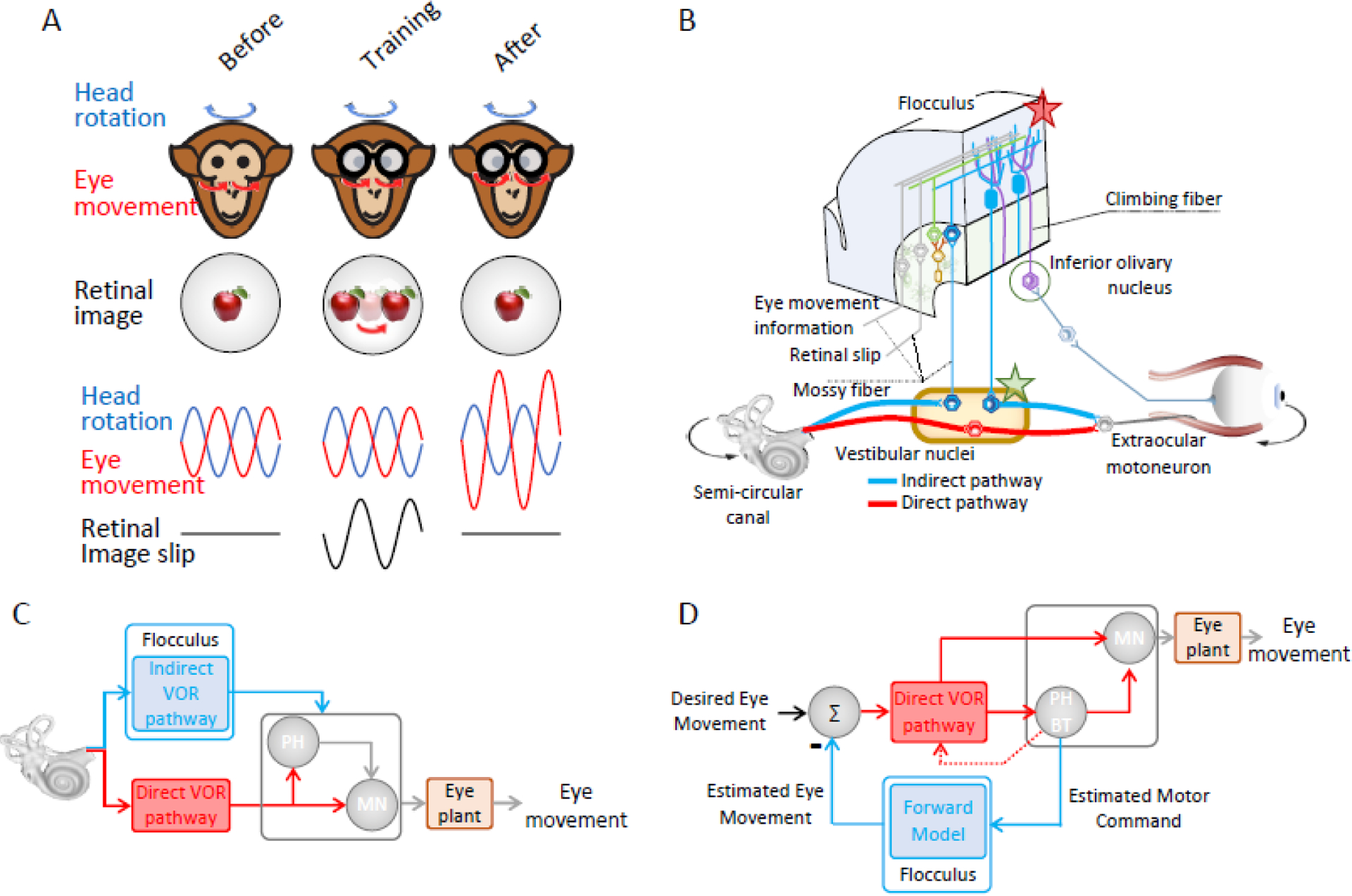Figure 2. VOR motor learning and computations underlying gaze stability.

(A) Schematic of a training paradigm in primates designed to induce an increase in VOR gain. Initially, the VOR gain is ~1 (eyes move with the same amplitude, but in the opposite direction from the head). The subject then wears 2X magnifying spectacles, which initially cause retinal image slip in the direction opposite that of head motion. Over time, this visual error signal induces an increase in VOR gain and as a result the retinal image slip is reduced. (B) Two pathways control the gain of the VOR. First, the direct reflex pathway (red) comprises a three-neuron arc: vestibular afferents project to vestibular nuclei neurons that in turn project to the eye muscle motoneurons. This direct pathway is paralleled by an inhibitory side loop (blue) through the floccular lobe. As a result, the total gain is determined by the net drive from these two pathways. During visually induced VOR motor learning, climbing fibers encode a visual error signal which induces learning at the synapses of vestibular parallel fibers onto the Purkinje cells (red star). Then over time, motor learning is consolidated via modification of synapses in the target neurons of the vestibular nuclei (green star). (C) Schematic diagram of the inverse model of eye movement generation the floccular lobe. Its drive must be matched to that of premotor centers, such as the nucleus prepositus hypoglossi (PH) controlling the direct VOR, to generate the proper net command to drive motoneurons (MN) and account for the biomechanics of the eye plant. (D) Because mossy fiber projections to the floccular lobe encode eye movement as well as vestibular information, it has been proposed that the floccular lobe could serve as a “forward” as well as an inverse model.
